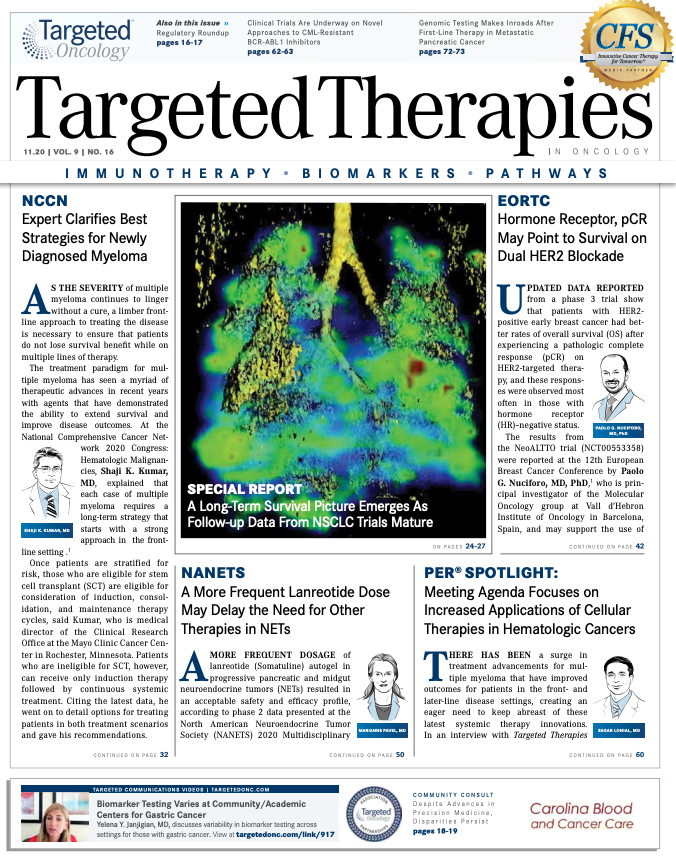Overcoming Widespread Effects of COVID-19 Calls for Resilience, Perseverance
The economic impact of the pandemic, which is still taking shape, will likely lead to many patients being uninsured, resulting in less access to medical care and ultimately culminating in an uptick in cancer-related mortality in the years ahead.
Arjun V. Balar, MD

With each passing day, it becomes clearer that this fall and winter will be challenging for all of us in terms of the coronavirus disease 2019 (COVID-19) pandemic. The year 2020 has been chock-full of unwelcome surprises and is evidently saving its worst for last. The pandemic’s impact on cancer care and research already is quite striking. There are not yet data to verify this, because the true effect can be measured adequately only in retrospect, but I think it’s safe to say that delays in cancer diagnosis and care, as well as access and enrollment to clinical trials of novel therapies, will be felt in the years ahead in still unimaginable ways.
Progress in cancer research and the development of new treatments have been impeded. I strongly suspect that clinical trial accrual is slowing across the country and around the world, which will stymie progress in discovery and development. Basic and translational research are also experiencing the effects: Laboratories are unable to function at full capacity with personnel on site, and funding for research could dry up due to the pandemic’s economic impact on academic medical centers. Gone for now are the in-person medical conferences and meetings at which so many of the ideas and questions that lead to new discoveries could be exchanged over a casual dinner or drinks.
On the patient care side, I’m worried that, when the pandemic nears its end, there will be a deluge of patients entering the health care system after months of slowly progressive symptoms, only to receive a diagnosis of an advanced and now incurable cancer. Oncology care providers will be scrambling to care for these patients, stressing our health care resources to the brink. I also worry that these delays in access to care will necessitate additional difficult conversations, many of which might have been prevented with more timely medical attention.
The economic impact of the pandemic, which is still taking shape, will likely lead to many patients being uninsured, resulting in less access to medical care and ultimately culminating in an uptick in cancer-related mortality in the years ahead.
But normalcy will eventually return, and as I think about the challenges ahead, I turn my focus on the resilience and perseverance that will be required to meet them head-on. I envision a world with a more balanced system that provides for more equity in access to health care. I also envision a rapid movement toward modernizing health care delivery with increased use of telemedicine and adoption of electronic health record systems that communicate with each other more freely, reducing health care waste and inefficiency in care delivery. I also envision a world where physicians and other care providers can find more balance in their work and personal lives, leading to less burnout and improved care for patients. I can’t wait for 2021 to get here.

Survivorship Care Promotes Evidence-Based Approaches for Quality of Life and Beyond
March 21st 2025Frank J. Penedo, PhD, explains the challenges of survivorship care for patients with cancer and how he implements programs to support patients’ emotional, physical, and practical needs.
Read More